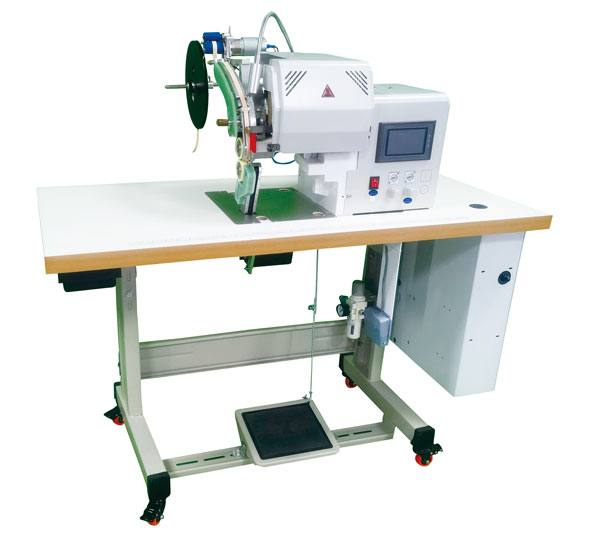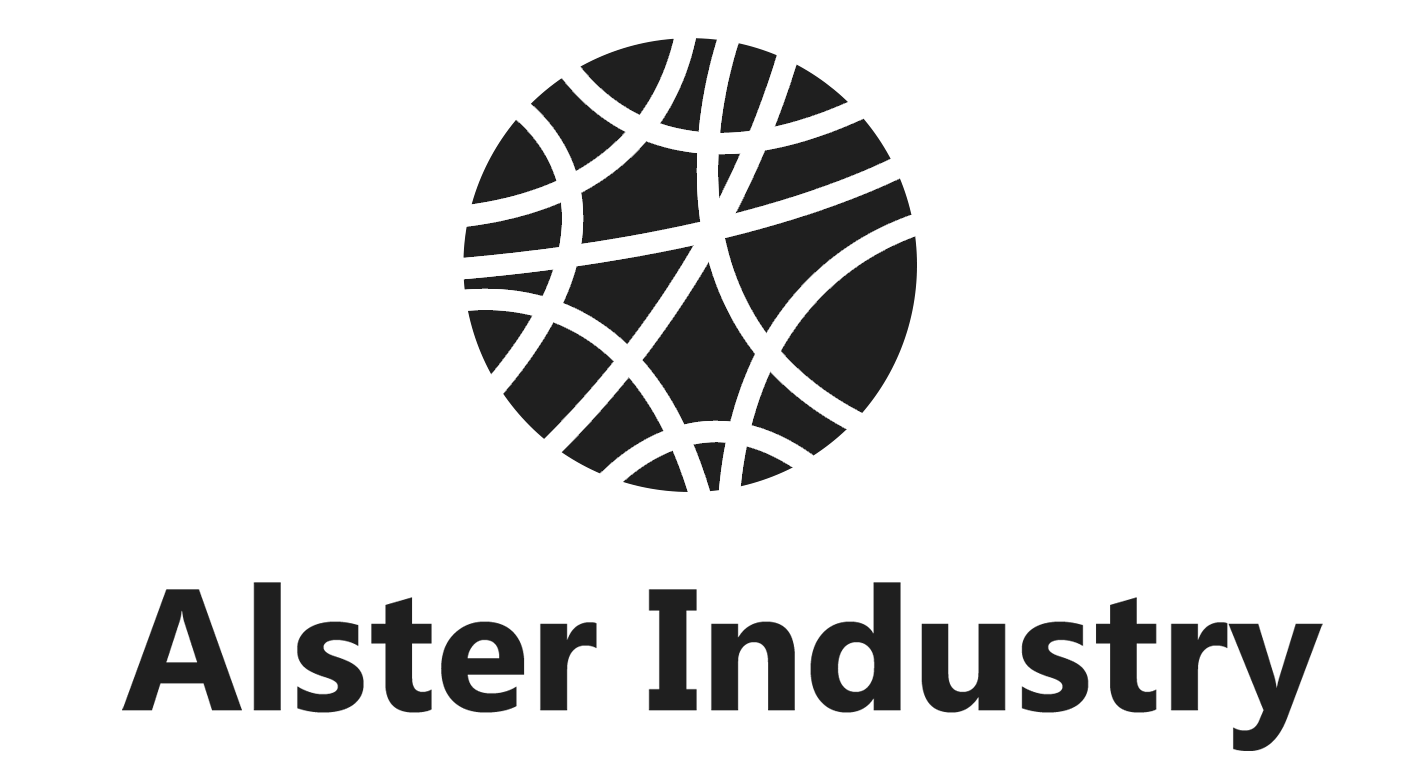In the ever-evolving landscape of textile manufacturing, seamless machines have revolutionized the way garments are produced. These machines allow manufacturers to produce clothing—especially undergarments, sportswear, shapewear, and activewear—without traditional stitching, resulting in more comfortable and aesthetically pleasing garments.
If you’re exploring the seamless machine price and wondering how to make a smart investment in this technology, you’re in the right place. In this in-depth guide, we’ll cover the key factors that affect seamless machine pricing, the different types of machines available, applications across industries, tips for selecting the best model for your needs, and whether buying used or new is the right call.

1. What Is a Seamless Machine?
A seamless machine is a specialized circular knitting machine that uses advanced knitting techniques to produce tubular garments without seams. This technology eliminates side seams and provides better stretch, comfort, and fit. The machines are primarily used in producing:
Seamless underwear
Sports bras
Leggings and yoga pants
Compression wear
Base layers
Fashion tops and dresses
By eliminating the need for sewing, seamless machines reduce production time and allow manufacturers to create innovative patterns, textures, and functional zones within the same garment.
2. Seamless Machine Price Overview
The seamless machine price can vary significantly based on several factors including brand, model, technology, gauge, and production capacity. Here’s a general breakdown of price ranges in 2025:
| Machine Type | Entry-Level Price | High-End Price |
|---|---|---|
| Single Cylinder Circular Seamless Knitting Machine | $18,000 – $25,000 | $35,000 – $55,000 |
| Double Cylinder Seamless Knitting Machine | $30,000 – $50,000 | $60,000 – $80,000 |
| Jacquard Seamless Machine (Electronic) | $45,000 – $60,000 | $100,000+ |
| Fully Computerized Seamless Machine | $55,000 – $80,000 | $120,000+ |
| Used Machines (Refurbished) | $10,000 – $25,000 | $30,000 – $50,000 |
Please note that these are average industry prices and may vary depending on the country of origin, brand reputation, and included components such as feeders, yarn creels, or control systems.
3. Factors Affecting Seamless Machine Price
Understanding what contributes to the price of a seamless machine will help you make an informed decision. Here are the key elements:
3.1 Machine Gauge
Gauge refers to the number of needles per inch. A higher gauge machine (e.g., 28G, 32G) allows for finer and more delicate fabrics, while lower gauge machines (e.g., 18G, 22G) are suitable for thicker or more elastic garments.
Higher gauge machines often cost more due to their complexity and precision.
3.2 Number of Feeders
More feeders mean the machine can handle more yarns or colors, enabling multi-color jacquard patterns and high-productivity runs. Machines with more feeders (up to 8 or more) are generally more expensive.
3.3 Control System
Basic models use analog or semi-automatic control systems. Modern seamless machines are equipped with fully computerized touch-screen control systems that increase efficiency, reduce human error, and support software-driven pattern design.
3.4 Brand and Country of Origin
Machines from Italy (e.g., Santoni), Japan, Germany, or South Korea often carry a premium due to quality, reliability, and after-sales support. Chinese seamless machines have become competitive in quality but are usually more affordable.
3.5 Output and Speed
Higher production speed and larger cylinder diameters allow for higher garment output per hour. Naturally, high-output machines command higher prices.
3.6 Included Accessories and Software
Advanced machines may include:
Yarn feeders
Tension controllers
Patterning software (CAD)
Automatic doffing devices
Backup batteries
Each of these adds to the seamless machine price but contributes to operational ease and long-term value.
4. New vs. Used Seamless Machines: Which One to Choose?
When it comes to investing in a seamless machine, budget is often the deciding factor. Here’s how new and used machines compare:
New Seamless Machines
Pros:
Latest technology
Manufacturer warranty (1–3 years)
Better energy efficiency
Custom configuration options
Cons:
Higher upfront cost
Longer lead times in some cases
Used or Refurbished Seamless Machines
Pros:
Lower initial investment (30%–60% less)
Fast availability
Ideal for small-scale startups
Cons:
May lack warranty or support
Outdated software/hardware
Potential maintenance issues
For startups or trial production lines, refurbished machines can be a smart way to enter the seamless apparel market without overextending your budget.
5. Top Manufacturers of Seamless Machines and Their Price Ranges
Here’s a list of top brands and their general pricing tiers:
| Brand | Country | Entry Price | High-End Price |
|---|---|---|---|
| Santoni | Italy | $55,000 | $120,000+ |
| Matek | Germany | $50,000 | $110,000+ |
| Sangiacomo | Italy | $40,000 | $90,000 |
| Yamauchi | Japan | $60,000 | $130,000 |
| LGL | China | $20,000 | $60,000 |
| Golden Wheel | China | $18,000 | $55,000 |
| Runyuan | China | $15,000 | $40,000 |
Chinese brands offer good quality for lower investment and are increasingly accepted globally, especially in developing countries.
6. Applications of Seamless Machines Across Industries
The demand for seamless knitting technology is growing across multiple sectors due to its aesthetic, functional, and ergonomic benefits:
6.1 Sportswear
Moisture-wicking zones
Compression support
No-chafe construction
6.2 Underwear and Lingerie
No visible panty lines
Greater elasticity and fit
Luxury feel
6.3 Medical and Compression Garments
Graduated compression zones
Medical-grade elasticity
Soft yet firm support
6.4 Fashionwear
Sculpted dresses
Body-hugging tops
Innovative textures
7. ROI: Is the Seamless Machine Price Worth It?
Despite the high seamless machine price, the return on investment (ROI) can be significant due to:
Reduced labor (no cutting/sewing)
Faster production times
Premium garment pricing
Minimal fabric waste (zero-waste knitting)
Manufacturers often recoup their investment within 2–3 years if the machine operates in a consistent production environment.
8. Cost-Saving Tips When Buying Seamless Machines
If you’re concerned about budget constraints, here are several tips to optimize cost without sacrificing quality:
Buy during trade fairs – Many manufacturers offer promotional discounts during events.
Opt for local support – Buying from a local distributor can reduce shipping and maintenance costs.
Bundle software and accessories – Negotiating an all-in-one deal may save more than buying each component separately.
Inquire about financing options – Some suppliers offer installment plans or leasing.
9. Where to Buy Seamless Machines
You can buy seamless machines from:
Authorized manufacturers or dealers
Textile equipment marketplaces like Alibaba, Made-in-China, or IndiaMART
Industrial equipment auctions (for refurbished machines)
Local machinery expos or industry trade fairs
Make sure to verify the supplier’s credentials, check reviews, and always request demo videos, performance certifications, and installation guidance.

10. Conclusion: Finding the Best Seamless Machine Price for Your Needs
Investing in a seamless machine can be a game-changer for textile manufacturers aiming to improve quality, reduce labor, and gain a competitive edge. While the seamless machine price may initially seem high, the long-term benefits of speed, precision, and garment quality are undeniable.
When evaluating the price, consider not just the machine’s upfront cost, but also:
Its durability and support
Production capacity
Energy efficiency
Maintenance requirements
Future scalability
By weighing all these factors and comparing available options, you’ll be better positioned to select the perfect machine for your business and ensure a strong return on investment.
